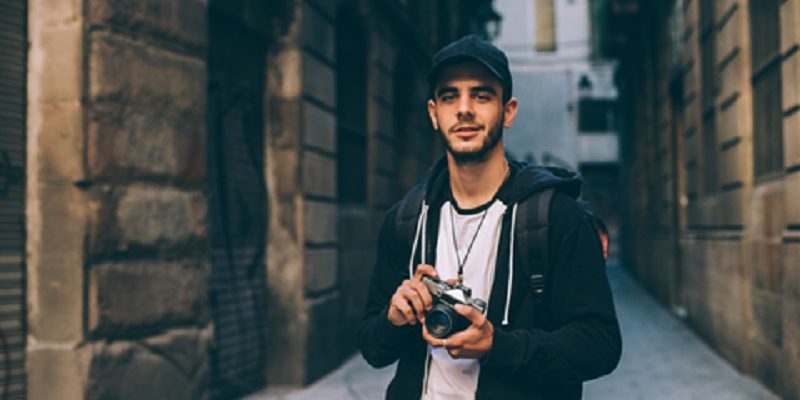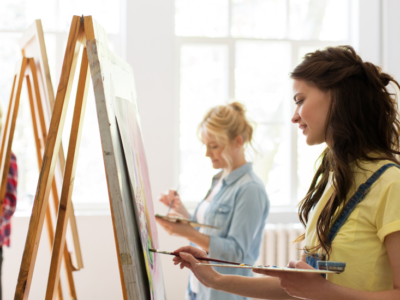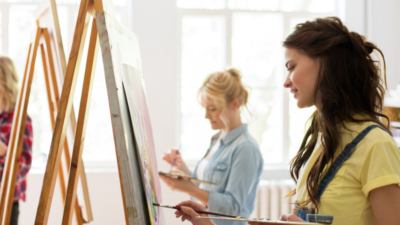In this discussion, we’ll look at a few street photography techniques that you can use to improve your game.
Shooting from the waist
As a budding street photographer, you will soon realize that shooting with your camera at your eye level isn’t always possible. You could warrant unnecessary attention and, in some cases, the odd queer comment. Not only do all cultures not take it nicely, but if you’re shooting in a foreign land where the customs and practices differ from yours, you may even get into trouble for aiming your camera at strangers. Knowing the laws of the land makes ample sense, and with it, you’ve to learn a few tricks to shoot street photography in unfamiliar places.
One solution is to practice how to shoot from the waist level. It’s a great way to not attract attention to yourself as you shoot your images. Shooting from the waist level isn’t as easy as you think. It takes a bit of practice. You’ve to know the angle at which the camera has to be focused, the distance between the camera and the subject, the shutter speed, and the moment you should fire the shutter release. I recommend that you practice your craft in familiar places. Ask someone in the family or friends network to volunteer and model for you. This will allow you enough practice so that you can then start using it in real-life situations.
Pretend someone photobombed your shot
Let’s say you see someone in the street aiming their camera at something. You happen to be crossing that same angle and realize that you could be in the shot. Even if you think the target was you for a moment, if the photographer continues to hold the camera angle even after you have passed by, you will think perhaps you were not the subject of the photograph, and maybe you unwittingly photobombed the shot! This is what you’ve to do as a photographer. Pretend as if you’re aiming at something else, and the person (the actual subject of your photograph) just photobombed your shot!
Use a small camera and a 50mm prime
Practice using a small camera and a 50mm prime. You don’t have to use that exact combination. I just recommended a 50mm prime because it’s a standard lens. It gives an angle of view close to the human eye. You can use a 35mm prime mounted on an APS-C camera. That would also give you roughly the same focal length.
Alternatively, you could use a compact point-and-shoot. Whatever allows you to stay undetected, you can get close to the action and take pictures.
Photographers! Sell your images on Planet Stock Photo.











